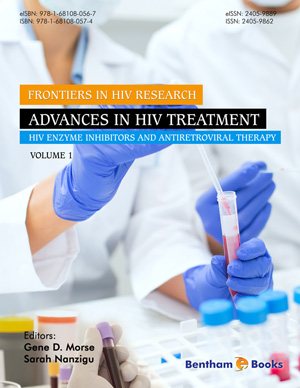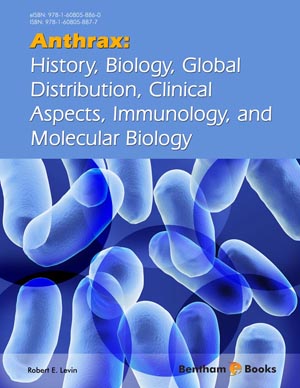Abstract
Etiology means the causation of a disease, where one or more factors are
combined to cause the illness. In the case of COVID-19, etiological studies are helpful
to determine the factors causing illness and they are required to pave the way for
advanced treatment options. The main etiology for COVID-19 is immunopathogenesis
which can be explained in terms of different stages of infection. This book chapter
summarizes the etiology of COVID-19, different stages of COVID-19 infection, and
the innate and adaptive immune response of the host to 2019-nCoV. In the early stages
of infection, mild viral infection targets the nasal epithelial cells, followed by bronchial
epithelial cells, and alveolar pneumocytes. In the moderate type of infection, Type-II
pneumocytes are induced by the associated viral pyroptosis that leads to the triggering
of IL-1β inflammatory signals, which is regarded as a localized inflammatory response.
In the severe type of infection, exuberant cytokine storm syndrome (CSS) causes
inflammation of the lungs, enhanced vascular hyper-permeability, and diffuse alveolar
damage (DAD). As a result of the above effects, the severe stage of infection is
characterized by pneumonia, ARDS (acute respiratory distress syndrome), and ALI.
The infection causes CSS hyper-inflammation which additionally causes SIRS
(Systemic inflammatory response syndrome). This SIRS finally leads to septic shock
and multiple organ damage. Organ dysfunction for the liver, heart, and kidney is
another problem for patients.
Keywords: 2019-nCoV, ARDS, COVID-19 biomarkers, CSS (Cytokine storm Syndrome), Pneumonia, Pulmonary phase, Pyroptosis, Stages of COVID-19, SIRS




















